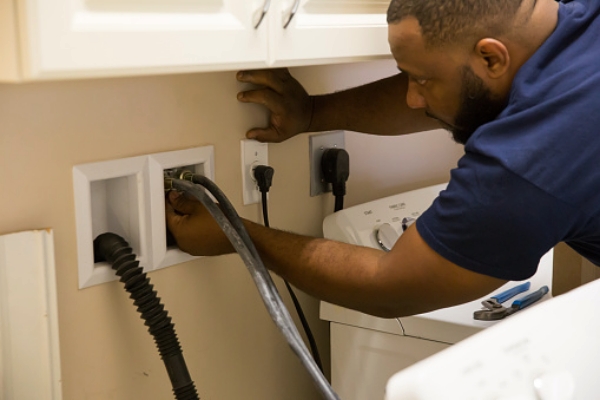Things You Need to Know About Your Washing Machine
There is no denying that a washing machine can help to save time and effort when it comes to laundry. However, using and maintaining a washing machine is not as easy as it seems. Here are some of the things that you need to know about your washing machine to ensure that it works perfectly.

Safety

Every household appliance has its own safety regulations, and that includes the washing machine. This may be surprising but washing machines can be a fire hazard and could cause accidental fires. This is common when the washing machines are not properly taken care of. The part of the washing machine that you should always check is the plug and cable. Ensure that there is no fraying on the cable and plug the device to its own plug point. If you are moving to a new place, remember to check to see if there is a dedicated area for your washing machine. If not, just make sure that you have a singular plug point for your machine and that you will not have to share it with another appliance.
Ventilation

It is not uncommon to notice that your clothes are not smelling as fresh as they should, even after a cycle in the washing machine. This typically happens because of mildew in the washing machine drum. If you do not ventilate your washing machine after every wash, the appliance is more likely to develop mildew, mold, and even bacterial growth. If you want to prevent this, just remember to open the washing machine’s door after every wash and allow air to circulate inside the drum. This will help to prevent any dampness within the washing machine.
Cleaning

Many people will assume that a washing machine is self-cleaning but that is not the case. You should regularly take time to give your washing machine and the filters a good clean. The more often you clean your machine, the less likely it is for dirt and grime to build up. You should clean the outside of the machine, the drum, the detergent drawer, and the filter. There are quite a lot of parts to clean, but the good news is that cleaning the washing machine will ensure that your laundry will come out clean and fresh every time.
Size and load capacity
One mistake that many people make with the washing machine is ignoring the maximum load capacity. Some assume that they can fit more clothes into the washing machine but overloading your machine can cause tons of issues. This habit will not get your clothes clean because they will not have much space to move around in. Also, overloading can add extra stress to the machine’s motor and bearing, which could get damaged if it happens frequently.

You should balance your load and evenly distributing the weight of your items when loading the machine. Try to wash similar fabric types together, and avoid mixing heavy fabrics with light fabrics in the same cycle. This helps with balancing the load but will also help to protect the light fabrics from abrasions and damage.
Water and drainage
Proper water flow and drainage are important when it comes to washing machine maintenance. You should check your machine and examine the hoses to ensure a smooth water flow, in and out of the machine. The water-in hose is where the water comes in, and it should be check occasionally to ensure that there is no issue. The water-out hose is located at the back of the machine and connected to a drain or a waste pipe.

Occasionally check the two hoses and see if they are securely connected to where they should be. If the hoses are not secure, there could be a risk of leakage and poor drainage. Also, check to see if the connections and water flows are blocked by any other items in the area. If something is blocking the water flow, there could also be a risk of leakage.
Wash settings and spin cycles
Washing machines come with many different settings and spin cycles, all meant for different fabrics and items. For example, the delicate setting is meant for delicate fabrics like lace and silk. If you are not familiar with these settings, you should try to learn them so that you know which one to use for your clothes. You should also check the garment care labels on your clothes to determine which setting is the most suitable for the item.

The spin cycle is also important because the type of clothes that you are washing may require a different spin cycle speed. The speed of the cycles is measured in revolutions per minute (rpm) and the more robust your item is, the faster it should go. For example, smaller items like children’s clothes should be spun at a maximum speed of 500rpm, while items like jeans can be spun at a faster speed. If you choose the wrong speed, you may overwork your machine or your items will not come out clean.





